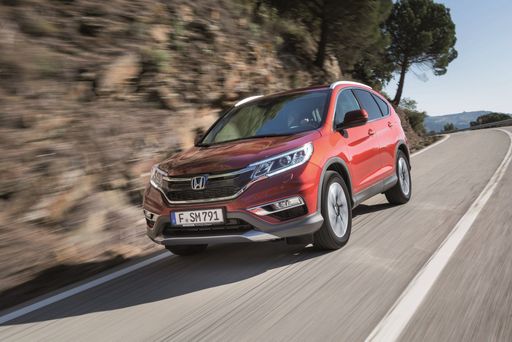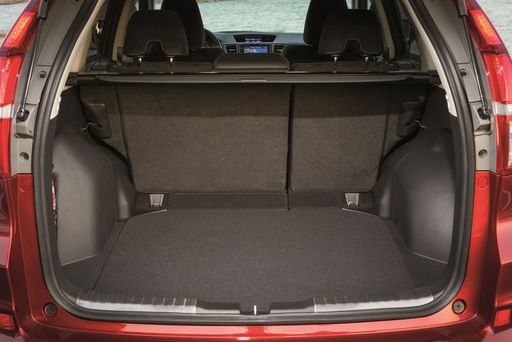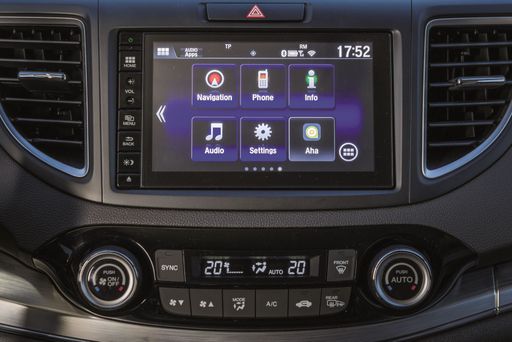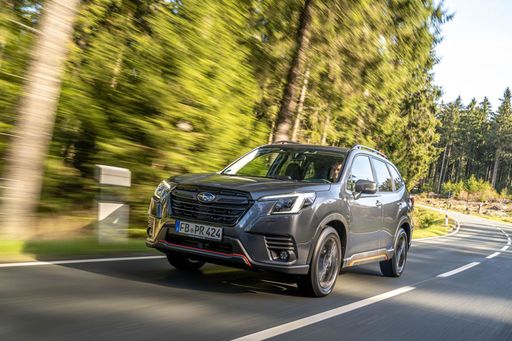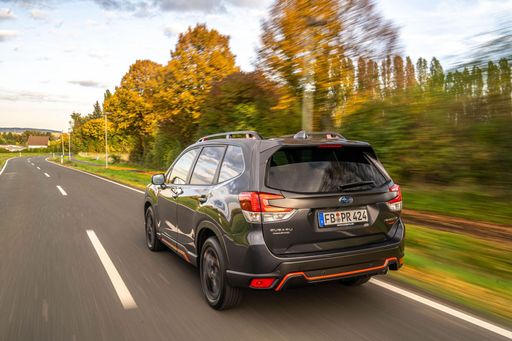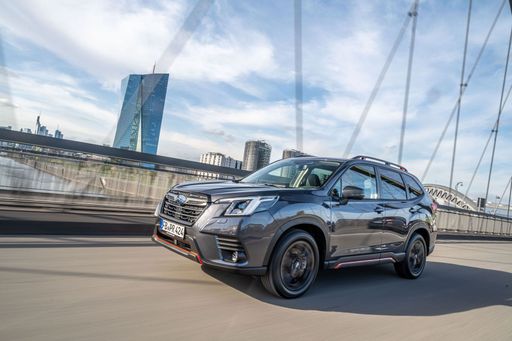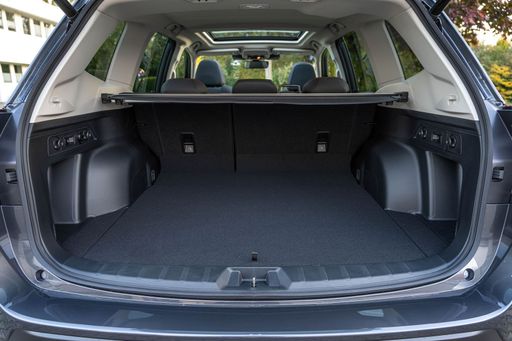Honda CR-V vs. Subaru Forester: A Clash of Compact SUV Titans
In the ever-competitive world of compact SUVs, the Honda CR-V and Subaru Forester stand out as two of the most reliable and feature-rich vehicles. Both models have carved out a significant fan base, thanks to their reputations for dependability, all-weather capability, and practicality. Let’s take a closer look at these two titans to see how they compare in terms of technical specifications and innovations.

